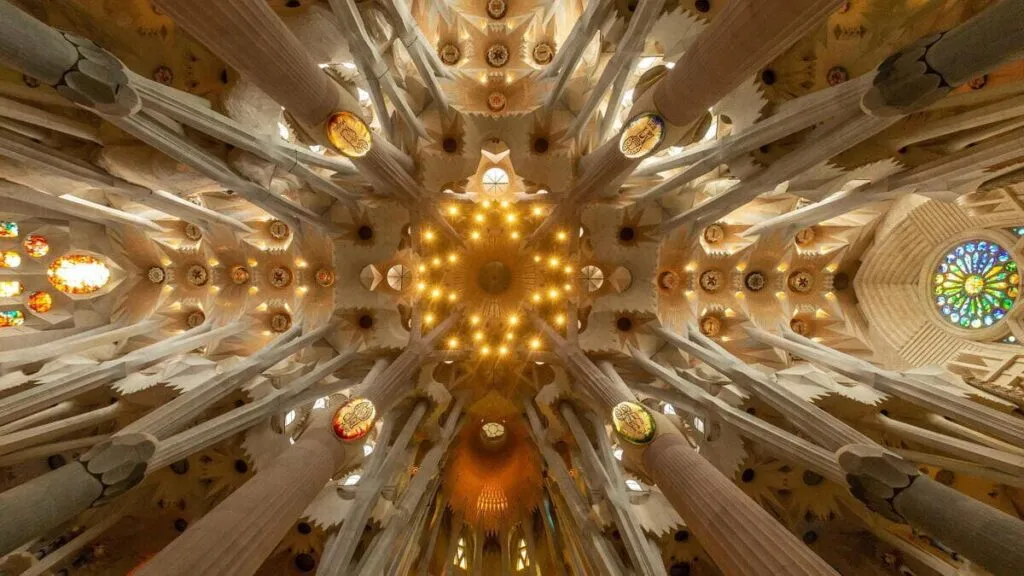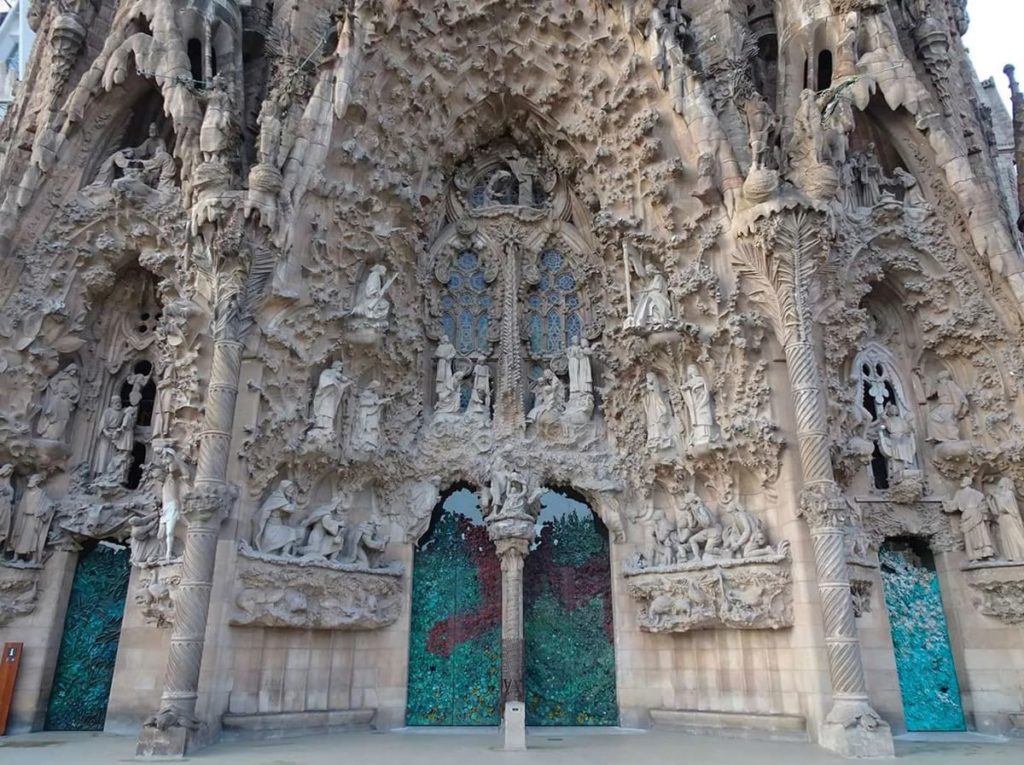Antoni Gaudí felt like a simple “collaborator of the Creator,” as if he were a child taken by the hand of the Father, explains Chiara Curti, a professor at the Antoni Gaudí Faculty in Barcelona and an architect collaborator at the masterpiece of the Sagrada Familia, to Tempi. This was the work to which the Catalan master dedicated most of his life.
It was 5:30 pm on Monday, June 7, 1926, when the architect, dressed in shabby clothes, went to the church of San Filippo Neri for his daily prayer. Suddenly, while crossing the street, a tram struck him. His first responders did not recognize him, so he was taken to the Hospital de la Santa Creu, intended for the poor of Barcelona, where he died in three days. Just under a hundred years later, on April 14, 2025, Antoni Gaudí, already famous worldwide for his works, was proclaimed “venerable” by Pope Francis.

In an article on the Osservatore Romano a few days ago, you mentioned the words that conclude the first biography of Gaudí from 1929: “Seen from outside of faith, it will always remain incomprehensible.” Why?
This virtue also animated him in the simplest gestures of his life. Since everyone’s work is always somehow their self-portrait, removing this aspect completely loses the meaning of what he accomplished.
But it was not always like this; in fact, his spiritual journey was a growing process.
Exactly. Gaudí was not from a bourgeois background, but when he was a young architect dealing with wealthy clients, he had to adapt. At the time, however, he enjoyed the environment, as evidenced by the period photographs. Things changed in 1883 when, at 31 years old, he was entrusted with the Sagrada Familia project. The great responsibility he took on at the construction site increased the “height” of his head and heart every day. The definitive turning point came in 1911 when he decided to stop working on any civil projects and dedicate himself entirely to the future basilica. His work and his faith became one.




